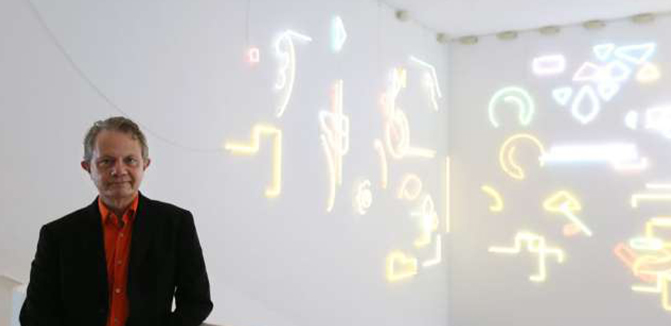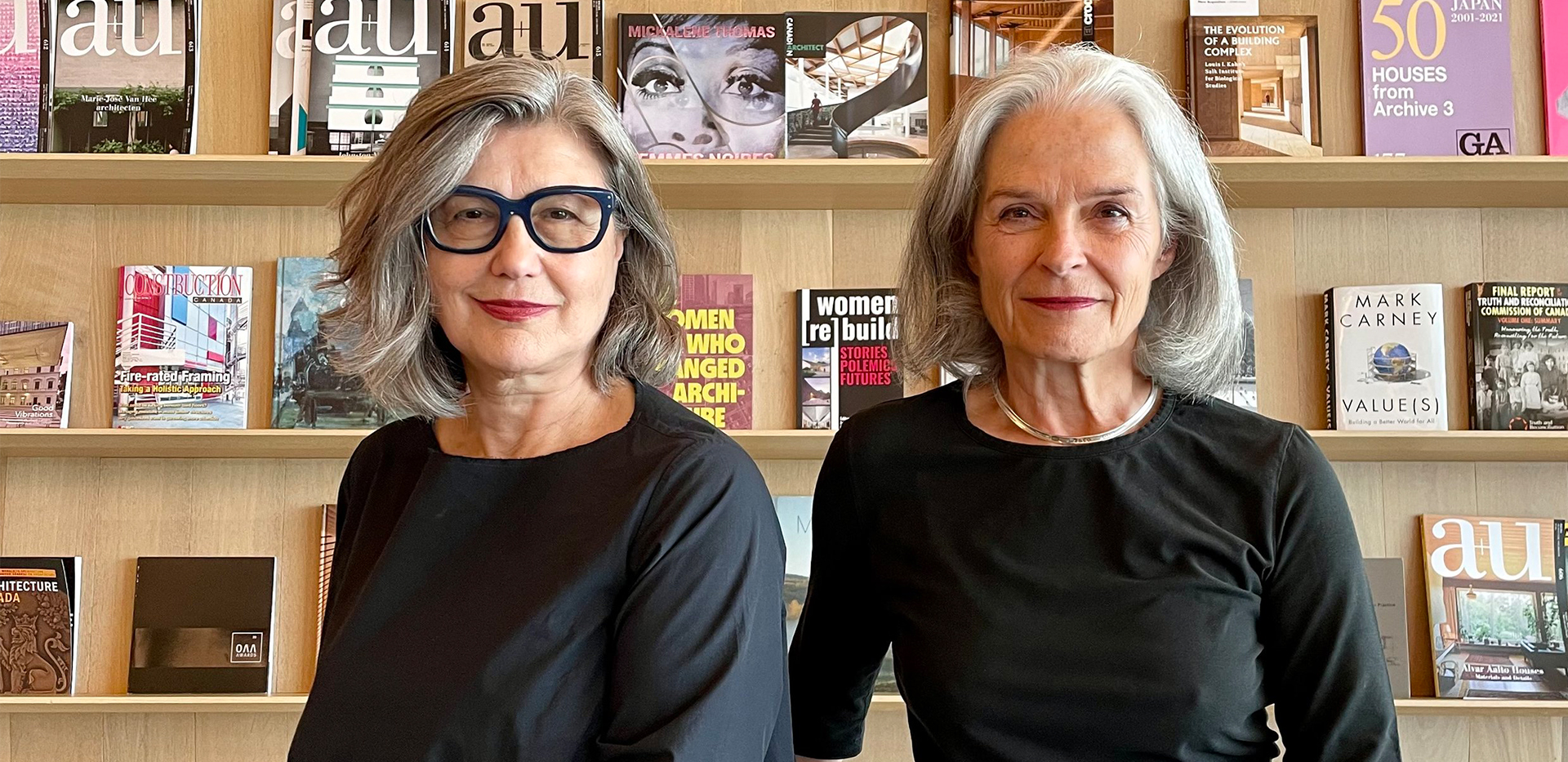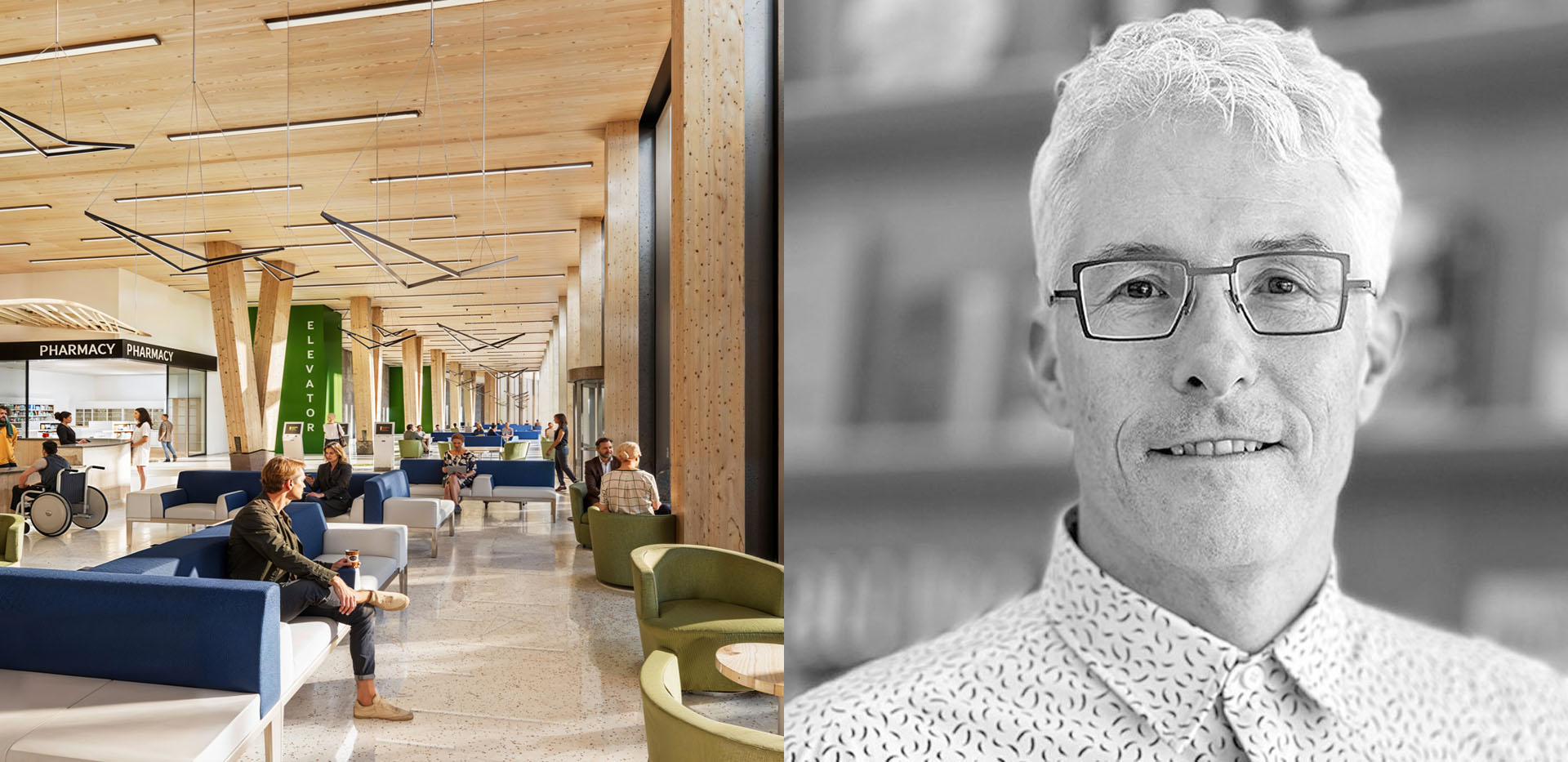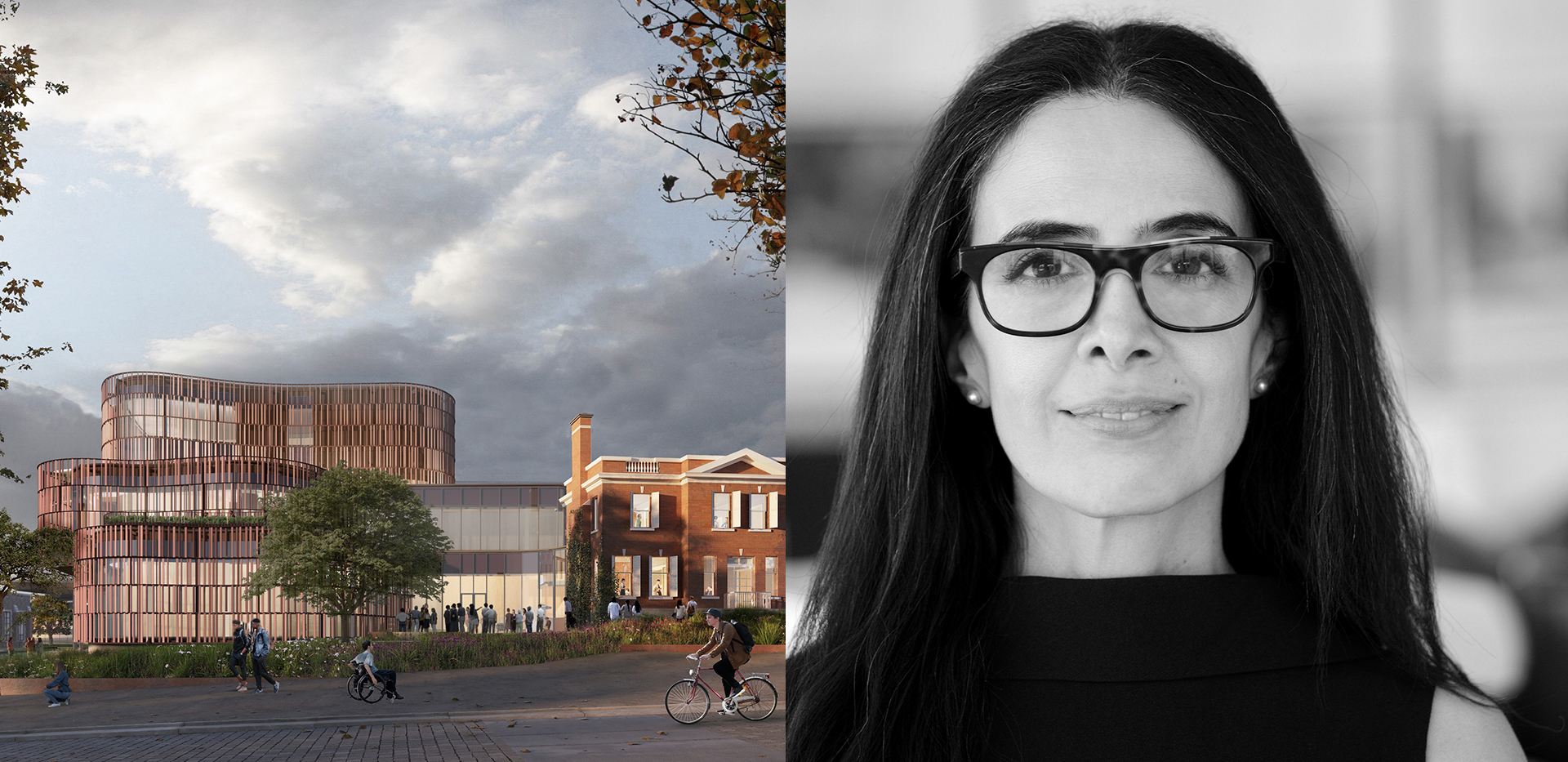Gregory Burke: Establishing a vision for a world-class gallery

Article content
Click here to view Saskatoon Star Phoenix
Gregory Burke saw a unique opportunity in Saskatoon.
Hired in 2013 as CEO of the Mendel Art Gallery, Burke’s true challenge was leading the transition to the new Remai Modern. When the job first caught his eye he immediately recognized it as something special.
“I thought, ‘Oh my God. There are so many things here aligning that so rarely happen.’ And when I say rarely happen it’s not once in a lifetime, it’s once in many generations,” Burke says.
Four years later – after delays, controversies and the myriad challenges associated with establishing an international attraction – the Remai Modern is poised to open Oct. 20.
Starting a new art museum is about much more than just deciding what will occupy the spaces. There are architectural plans to finalize, staff to hire and revenue streams to establish. Jason Aebig, who was chair of the Mendel board when Burke was hired, says Burke brought the right combination of artistic and entrepreneurial mindsets.
“When you find somebody who understands the artistic and the business side of galleries, it’s a rare combination,” Aebig says.
Burke says he has experienced a wealth of emotions in the runup to the opening: nerves, joy, frustration, fatigue, anticipation. But foremost is his excitement at returning to what he calls the best part of a museum director’s job, having the public in the museum experiencing what he and others have spent so much time creating.
“I think people are going to be astonished,” he says.
Burke was born, raised and educated in Auckland, New Zealand. His first love — and first degree — was in English literature, but he always had a love of art, thanks partly to an older sister who was an artist.
He got two more degrees, one in fine arts and a post grad degree in teaching, and set his sights on curation as a career that would allow him to engage with and write about art.
His first entry into the industry was as a filmmaker.
“I started contracting to art galleries, after I’d left art school, to make video documentaries for exhibitions that were being made,” he says.
After a brief stint as a curator in the small New Zealand city of Wanganui, Burke landed his first major gig in the nation’s capitol. He spent more than seven years, from 1987 to 1995, as chief curator and assistant director of the Wellington City Art Gallery. Burke says his affinity with the business side of art was a major part of getting such a big job so early in his career.
“I’m one of those curious people who has an artistic bent but is good with numbers. That’s often helped me a lot,” he says.
He then jumped from the gallery to a development role with the Arts Council of New Zealand. Of the things he did there, he highlights getting New Zealand a place in the prestigious Venice Biennale exhibition in Italy as a major accomplishment. The New Zealand pavilion featured the work of several Maori artists. Burke had spent a lot of time studying the language and culture of the Maori, the indigenous people of New Zealand.
“I worked very closely with Maori elders. That was a very important part of my experience,” he says.
Burke says the strong culture of indigeneity in Saskatchewan is part of what eventually attracted him to the job in Saskatoon.
He left the arts council in 1998 to become director of the Govett-Brewster Art Gallery in New Plymouth, New Zealand. Although he didn’t know it at the time, he says his time there helped prepare him for the Remai Modern position. Both galleries were largely established by huge donations from wealthy benefactors – Monica Brewster in New Plymouth and Ellen Remai in Saskatoon. Both are also much more significant than one might expect for the size of city they reside in.
After seven years at the Govett-Brewster, Burke moved for the first time out of his native country.
“One of the things in a country that’s not so big, like New Zealand, is there’s not a lot of places to jump,” he says.
A Toronto gallery, the Power Plant, was looking for a new director. Burke got a call. He had never been to Canada, but had done exhibitions of Canadian art. He had also had some of his own art shown in Halifax. He decided to make the move.
During his time in Toronto, Burke led a re-launching of the Power Plant in 2011. A large part of the effort was spearheading the largest fundraising effort in the gallery’s history.
Burke left the Power Plant shortly after the relaunch to pursue independent ventures. He wanted to spend some time away from gallery direction and the logistical realities involved.
“The job is challenging. You have to be very business-like,” Burke says.
Only the perfect job would draw him back into that world. In 2013 that job presented itself in Saskatoon.
When Mendel CEO Vincent Varga resigned in 2012, the Saskatoon art gallery faced an interesting challenge. By then plans were in motion for what would eventually become the Remai Modern.
“You weren’t necessarily recruiting leadership for the institution of the day, which at the time was the Mendel. You were also thinking about what its future might be in terms of the Remai,” Jason Aebig, who was board chair at the time, says.
So much of what the new gallery would be was still undefined.
“At the time it had a name and it had some very high level architectural plans. But that was it,” Aebig says. “It hadn’t articulated a focus or a creative direction. It hadn’t articulated what it’s public or artistic programs were going to be. There was a lot in development.”
The board launched a national search, looking for someone who could help crystallize a vision for Saskatoon’s new museum.
“It was an interesting process, because we were asking potential candidates to try to imagine with us what the Remai was going to be,” Aebig says.
Burke first saw the job posting in the Art Newspaper, a prestigious journal based in London, England. The more he learned about the proposed new gallery, the more he felt his personal experience made him a perfect fit.
He felt a particular affinity with the early designs by renowned Canadian architect Bruce Kuwabara. Burke had actually worked with Kuwabara on a smaller project as part of the Power Plant re-opening.
“I regard him as one of the finest, if not the finest, architect in Canada,” Burke says.
The two had discussed architectural philosophies. Unbeknownst to Burke, Kuwabara had been in the early stages of envisioning Saskatoon’s new museum.
“When I saw the building I felt there was a little part of me in it already,” Burke says.
Aebig says Burke was able to bring together many of the strands the Mendel board was hoping to see incorporated in the vision for the new gallery. He combined the original vision off the Mendel with a sharp understanding of what defines Canadian and Saskatchewan art, from the historical Emma Lake workshops to the artist-run collectives of the modern day.
“The fact that Gregory was from away probably enabled him to do that better than anyone else,” Aebig says. “He was able to come in with a fresh set of eyes and ears, and actually identify what was frankly probably always there, but had never been pulled together in a cohesive way.”
The road from his initial hiring in 2013 to the impending opening of the Remai Modern has presented many challenges. The gallery was originally supposed to open in 2015. As dates got pushed and budget numbers increased, many in Saskatoon have questioned the process. Burke says he believes vindication will come once the public sees what it has all been for.
“There’s been a lot of critics of the gallery as we’ve gone down this path. I believe that’s going to turn around once we open. Give us a chance to prove ourselves,” he says.
He displays an unwavering belief in the Remai Modern, from the exhibits it will house to the building itself.
“It’s not the largest gallery in Canada, but it’s the most beautiful,” he says.
Burke knows there will always be those who are against the museum, but says that he thinks some of the current detractors will come around.
“I’m fully aware art isn’t for everyone. There will be some people that don’t want to even come. I wouldn’t be surprised, though, if even those people, when their friends and family come to town, they’ll take them down to show off the Remai Modern,” he says.
He believes that even those who have no taste for modern art will have to acknowledge the benefits such a big attraction bring to a city as a whole. He cites hoteliers, restaurateurs, even taxi drivers as potential beneficiaries of a project that will bring people to Saskatoon who would otherwise never set foot here.
“That is also a success factor for us. We’ve got to generate so much revenue to keep operating. We’ve got to be able to demonstrate the value that we’re delivering,” Burke says.
His focus now is on the opening and the period immediately afterward. He acknowledges that, like with all massive infrastructure projects, some things won’t be absolutely perfect on opening day. The full Remai experience may take a year or two to solidify.
“It will take a while for us to tune that. You can’t do it all at opening time,” he says.
At the same time he know the stakes for the opening are incredibly high. Media and public attention will never be more focused than it is in those first few days. First impressions will go a long way to defining what the gallery is to a lot of Saskatoon residents.
Amidst the last-minute nerves and desires for everything to be just right, Burke exudes a clear sense of excitement. In mere days, years of work will come to fruition. Before the month’s end, Burke will be able to walk through a gallery filled not with construction, or temporary signage, or shipping crates, but members of the public who have come to experience a world-class art museum. This is what he looks forward to the most.
“There’s nothing better as a director than walking out into the public areas and seeing people engage with art.”
)
)
)